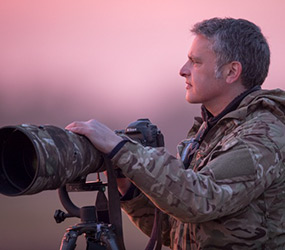 Today I have the honor of presenting an interview that comes all the way from Suffolk, England. Nick Hurst is a talented photographer, whose unique style excels at capturing those parts of nature and wildlife that are so hidden from everyday view. Through nature, Nick finds inspiration for his work with careful observation of wildlife in its natural habitat. Nick, thank you so much for sharing your experiences with us and thank you so much for all your thoughtful responses. It’s not every day we get a behind the scenes viewpoint of someone with such passion for the natural world.
Today I have the honor of presenting an interview that comes all the way from Suffolk, England. Nick Hurst is a talented photographer, whose unique style excels at capturing those parts of nature and wildlife that are so hidden from everyday view. Through nature, Nick finds inspiration for his work with careful observation of wildlife in its natural habitat. Nick, thank you so much for sharing your experiences with us and thank you so much for all your thoughtful responses. It’s not every day we get a behind the scenes viewpoint of someone with such passion for the natural world.
If you’d like to learn more about Nick, please visit his website. You can also follow him on Twitter.
Where do you call home?
I live in Suffolk in a village called Lavenham noted for its 15th-century church and half-timbered medieval cottages. I’m very lucky as Suffolk is rich in wildlife and there are some wonderful nature reserves in the county, home to some rare and unique species indigenous to the UK.
After browsing through your website, I see that you have built up an extensive collection of wonderful photography. When did you first become interested in photography and how long have you been involved with it?
As a child, it was my father who was the photographer. On high days and holidays, he would always be recording family memories on his Rolleiflex 3.5F Planar camera. There was something magical sitting in his darkroom together with my older brother, watching those pictures emerge from a clean, white sheet of photographic paper together under the canopy of a soft red light
I owned a Canon AE1 in my early twenties; but more recently in the past five years or so my passion for photography has been re-kindled coupled with a desire to seek an escape from an otherwise fast-paced life. I don’t see the digital medium as detached from the wet print process. The principles are broadly the same, but it just opens up more creative possibilities.
Are you formally-taught or self-taught?
I am self-taught but there is a wealth of information available on the internet which I often rely on. However, I find the most important thing is simply possessing an inherent desire to just get ‘out there’ with your camera, experiment, and inevitably with time your technique improves. My photographic journey has barely started and every day is a learning experience coupled with a grand adventure. That’s the fun part!
Are you satisfied with your choice of getting involved with this industry? Is there anything else you would rather be doing?
My primary motivation is one of enjoyment and wildlife photography provides the perfect escape for me from the rigours and responsibilities of the ‘day job’. Personally; if I lost that sense of wonder or passion there would seem little point otherwise. Whilst I do undertake commissioned work, it’s by choice as right now my free time is very precious to me. That said it is always very satisfying to see your images published in the print or digital media whereby I might share that ‘moment’ with others who may like your work.
When shooting subjects, what do you find most challenging?
Wildlife is anything but predictable and the biggest challenge is gaining an understanding of your subject and the local environment it inhabits. Animal behaviour is also subject to seasonal change and I have spent hundreds of hours sometimes in the most appalling weather just in the hope of sighting, let alone capturing an image of my subject which I truly like. I have attended some well-established nature hides here in the UK which provides a realistic prospect of access to a rich variety of wildlife. But personally, that feeling or moment of encounter is never quite the same and often you will find on the internet many images which are very similar in terms of composition and background. I wouldn’t wish to discourage others but I think that can undermine the appeal or a personal sense of achievement.
Location and weather conditions seem to be a crucial aspect to a successful photograph. How do you handle these unpredictable factors?
There is nothing worse than being out in the ‘field’ in inclement weather feeling cold, wet, and miserable! Your motivation and attention to your subject rapidly dwindles and before you know it you are hitting the high road home looking forward to the prospect of tea and crumpets sitting next to a roaring log fire! Good outdoor clothing is therefore essential and protective covers for your expensive photographic kit. I often find myself wading in rivers or ‘hunkered up’ in a muddy ditch and time and again I thank my lucky stars I’d invested in a good quality kit which keeps the harsh elements at bay.
What would you say your most remarkable wildlife encounter has been?
There is no doubt in my mind it was on a clear, crisp winter’s morning on the North Norfolk Coast. I had dug myself a small scrape in the sand and was observing a grey seal colony from some distance so as not to disturb the herd during the pupping season. The grey seal is one of Britain’s most charming mammals, with just under half of their global population inhabiting coastal waters of the UK. On this day there was a strong offshore wind which cut through your skin like a knife, but the light was sublime as the sun steadily rose, casting its warmth along the shoreline. With time the seals grew comfortable with my presence and began to congregate all around me. Having witnessed moments of incredible tenderness as the calves interacted with their mothers; punctuated by bouts of intense ferocity as the ‘Bulls’ fought for their territory in such close proximity was a life-changing moment. I felt so privileged to witness this behaviour and from that point forward was hooked!

What’s the best part of being a photographer?
Every day I set out on a trip is a grand adventure, but even with the best preparation or planning you never truly know what you may or may not encounter. Wildlife photography encompasses such a broad skill set which is both challenging and personally very rewarding. Gaining an understanding of your subject matter and conservation, witnessing animal behaviour, being just inspired, and trying to capture an element of that emotion in an image is just a magical feeling.
Share with us your favorite image and why.
I have so many as each has its own personal story behind them. But if I had to choose one I took recently it would be of a close-cropped portrait of a Mountain Hare in the ‘Peak District’ close to ‘Snake Pass’ on the ‘Dark Moor’. Whilst the location may sound like something out of a John Ford Western, it is in fact characterised by open, rolling moorland framed by a steep mountain range. It is utterly bleak which underlies its natural beauty. Being mid-winter there was heavy snow on the ground to negotiate in sub-zero temperature, which made spotting the hares all the more difficult to spot given their excellent camouflage and skittish behaviour. I won’t touch on the kit I was carrying but it was a physical challenge, to say the least to work my way up the Peak in these conditions to capture this image.
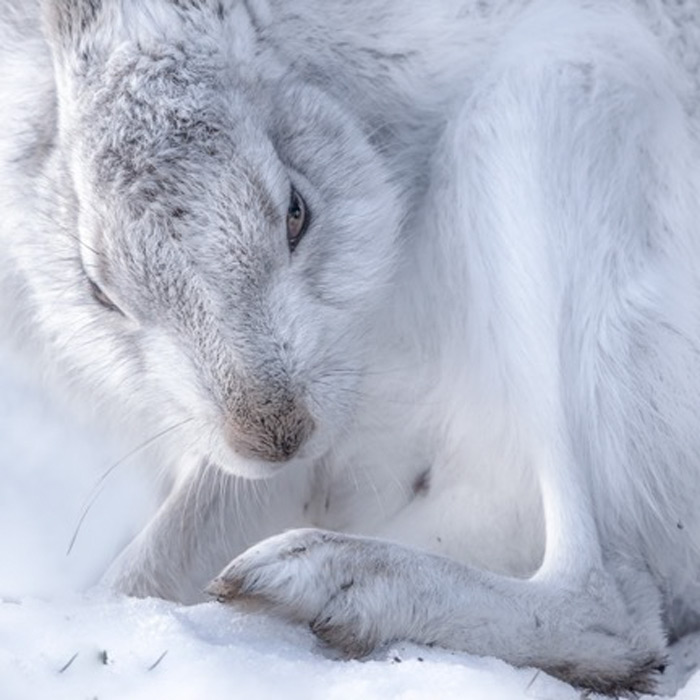
Do you have any tips for new photographers who want to take better wildlife photographs?
Keep it local: Wildlife is all around us and you don’t have to travel to exotic locations or spend thousands of pounds to get there to take great images. I spend a lot of my time just walking the fields, woods, riverbanks, parks, and farmland close to home. It always amazes me with time and understanding there is so much to encounter literally on your own doorstep and access is the key here.
Get low: Don’t be afraid to get a little muddy; crawl on the ground if you can and put yourself at the same perspective as your subject. It’s all part of the fun but more importantly, I find it creates an emotional connection with your subject in an image.
Make the jump: It can be very daunting when starting out and even for the more seasoned photographer to gain an understanding of your camera, but it does help. I typically shoot in manual mode as it provides so much more flexibility when shooting in the field. So switch from full auto, make the jump and be prepared to learn from your mistakes.
Get connected: It doesn’t matter where you live as there will always be groups or enthusiasts who regularly post on Twitter or Facebook who can often provide an invaluable source of information locally. It also helps to get involved in your local wildlife trust. This will enhance your understanding of the conservation of wildlife in your area and also provide good access to local habitats.
…and finally: Patience!
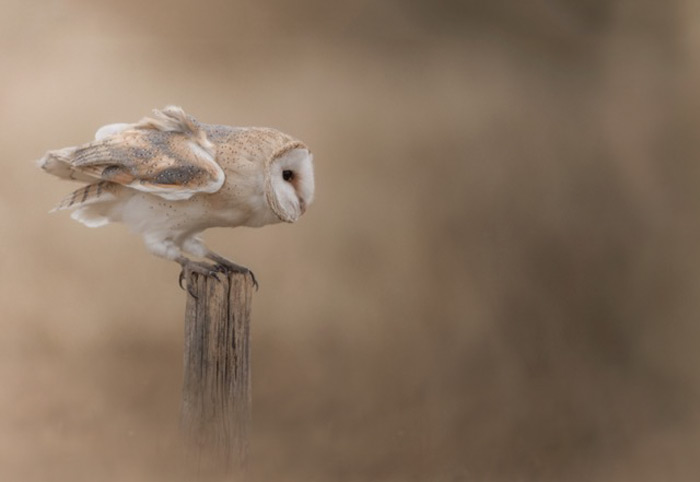

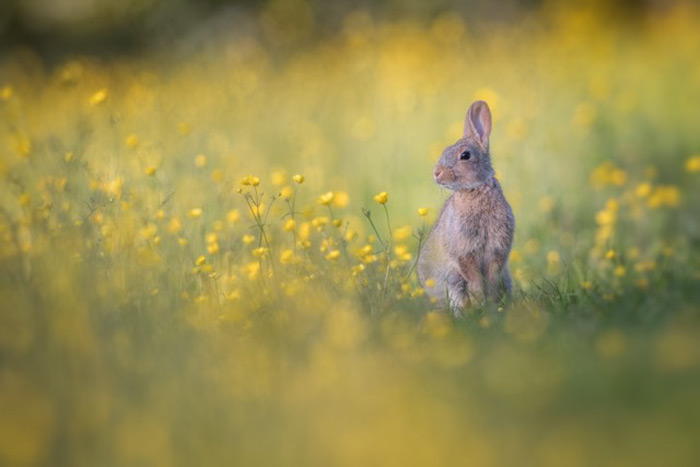
What has been the best source of information along your photography journey (workshop, online forums, classroom, mentor, etc)?
There are so many gifted and talented wildlife photographers to draw inspiration from; but I think there is always a danger you can simply compare your work to others which can be a little debilitating if you’re not careful. My photographic journey is a personal one and I’m my own worst critic which continually pushes me forward to want to improve my fieldcraft, technical and creative skills as I still feel I have a long way to travel.
What industry sites and blogs do you read regularly?
The internet is an invaluable information source and as a Nikon user I often link in to Matt Grainger’s posts on youtube. I’m naturally drawn to characters in life and whilst very knowledgeable he offers a light-hearted but nonetheless informative insight for the Nikon user. (I’m not on commission!)
What type of camera(s) do you shoot with? What is your favorite lens?
I typically shoot with a Nikon D5 married to a 600mm f/4G ED VR. It’s a fantastic set up albeit quite heavy in the field. I need a kit that performs but also is weather-sealed and very durable given I’m outside in all weather conditions. My favourite lens, however, is my Nikon AF-S 200mm f/2G. It’s a brick-and-a-half in terms of weight but an exceptional performer so I’m always happy to pull it out of the bag.
What is in your camera bag?
I like to keep weight to a minimum given I’m carrying the set up I already mentioned. But I will also have my Gitzo tripod coupled with a Wimberly WH200 head slung over my shoulder. Fortunately, I have lots of jacket pockets and usually carry a TC14 II converter, XQD cards, spare batteries, cleaning kit, map, water and lots of energy bars!
What is your favorite photography accessory?
Without a doubt, my Simms G3 waders….no wildlife photographer should be without them!
What piece of equipment would you most like to get but don’t have yet?
I built myself a portable floating bird hide last year from fibreglass much to my wife’s dismay, which I was particularly pleased with; so that’s definitely not on the list. However who doesn’t desire an exotic lens and for me that would be the Nikon 400mm f2.8 AF-S E FL ED VR. Ultra-fast, exceptional image quality and bottom line I’m easily seduced by good quality primes…one day perhaps!
How important is Photoshop or other image editing software in your final images?
My workflow is based around Lightroom and Photoshop which in my mind work seamlessly together. Lightroom is great for cataloguing and organising images together with basic workflow. I will occasionally use Photoshop for the removal of an annoying blade of grass or twig which might undermine my composition but that’s about it really. I love the sense of creativity and freedom these applications allow but not to the detriment of the overall essence or feel of an image.
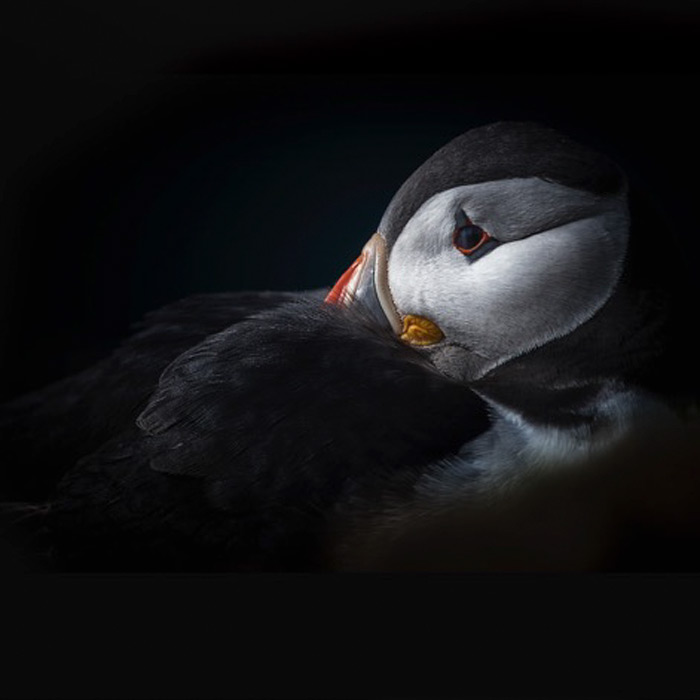

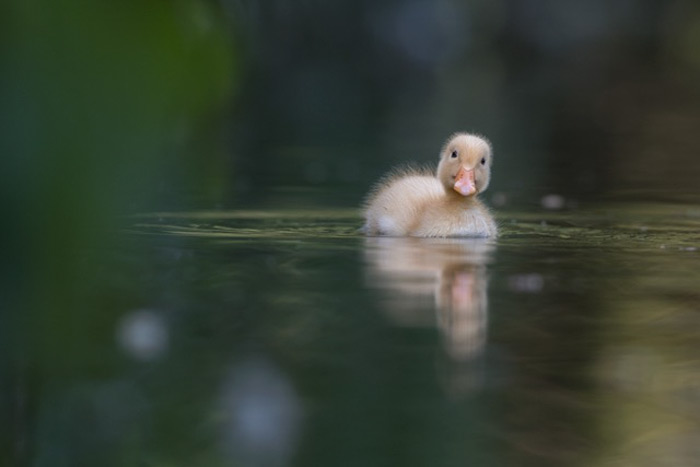
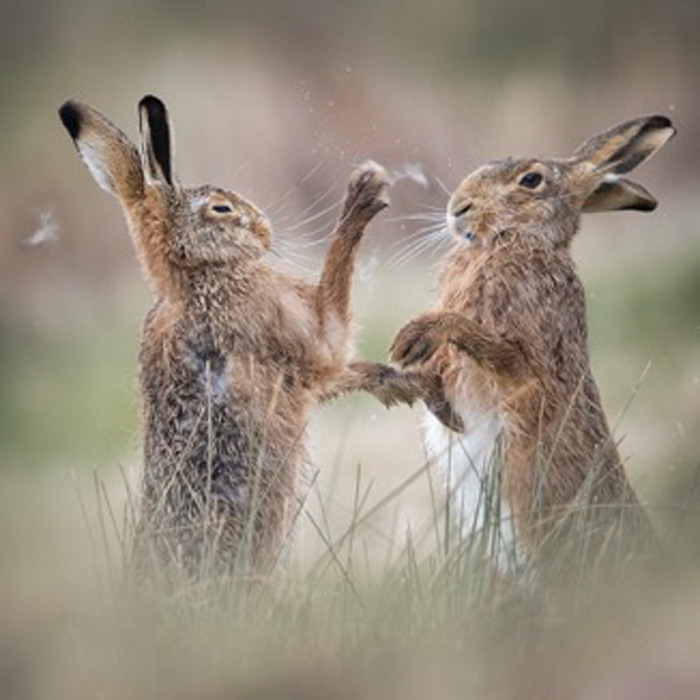
Do you have any projects that make you look back and shake your head? What made the experience so unpleasant?
I can honestly say I don’t have any. There have been many occasions where I have researched an area or local habitat in the hope of photographing a particular species and after many hours it’s been a complete ‘no show’. But like I said wildlife is anything but predictable. This is part of the challenge and makes it all the more rewarding when you do experience that encounter, your heart beats furiously in anticipation, and if lucky enough you are able to capture that ‘defining moment’ in your image.
What do you think the future holds for you? Where do you see yourself in the next few years?
There is an incredible diversity of wildlife across the UK and I’m really looking forward to broadening my portfolio of work as my travels take me further afield across the coastal shores, wetlands, parks, and waterways of this wonderful country. I’m shortly off to the Isle of Mull which is the second-largest island of the Inner Hebrides, off the west coast of Scotland. The island is home to over 250 different bird species including the White-tailed Eagle, where they now have a stronghold, so it will be a ’grand adventure’ which has been some time in the planning.
Do you see yourself as a photographer many years down the road?
I don’t even think I have to think about that one….absolutely and for as far and wide as this journey takes me!
Nice article, great work Laura.
Thank you very much, Ricky.